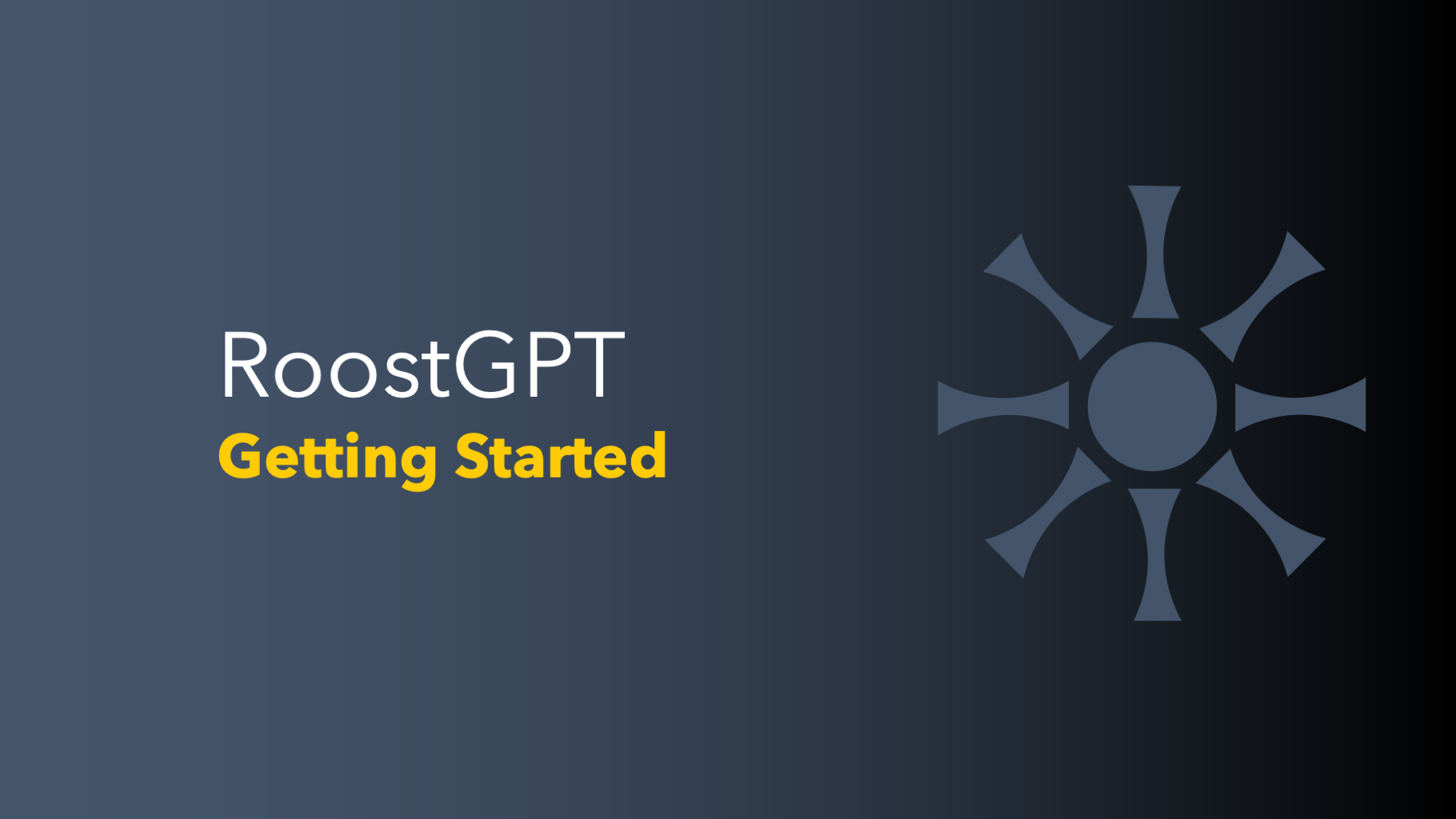In the sphere of Large Language Models (LLMs), the 'mixture of experts' strategy draws inspiration from Adam Smith's concept of a society prospering through specialized labor. This approach is akin to having a community of experts where each member contributes their unique skills, leading to collective success. Just as Smith observed the benefits of focused specialization, AI systems harness diverse algorithms, each a master in its area, to boost intelligence and versatility.
However, to avoid the pitfalls of inefficiency—much like the Soviet-era scenario where workers and the government both pretended to fulfill their roles—modern AI has embraced an advancement: the Sparse Mixture of Experts (SMoE). This enhancement ensures that only the necessary experts are called upon for specific tasks, akin to summoning only the relevant professionals for a project. This smart allocation of resources in AI not only streamlines operations but also resonates with Smith's vision of a productive, specialized workforce, steering clear of the 'pretense' of productivity.
Forward Pass and Backward Propagation
With the festivities of the holiday season behind us, it's a great time to revisit some fundamental concepts in the field of neural networks, particularly relevant for understanding models like Mixtral 8x7b and LLaMA-MoE. Let's brush up on the essentials of the forward pass and backward propagation.
-
Forward Pass: The Data Journey In a forward pass, data travels through the neural network from input to output. This journey involves processing by various layers, where each layer applies specific transformations to the data. It's akin to a step-by-step refinement, where the raw input gradually takes the form of a more polished, meaningful output.
-
Backward Propagation: Learning from Mistakes Backward propagation, often shortened to backpropagation or back pass, is the learning phase. Here, the network adjusts its weights based on the errors in its predictions. It's a process of reflection and correction – the network looks back at its outputs, compares them with the actual desired outcomes, and tweaks its inner workings to reduce errors in future predictions.
Exploring Mixtral 8x7b's Innovative Architecture
Mixtral 8x7b, an AI model at the forefront of innovation, showcases a remarkable application of the Sparse Mixture of Experts (SMoE) architecture. The "8" in Mixtral 8x7b signifies its eight expert sub-networks, each distinctively trained in various aspects of language processing. This design mirrors a highly coordinated team, where every member contributes specialized expertise. There's a notion that perhaps this model originated from a single 7-billion parameter model, which was then diversely trained in eight different ways to create these specialized sub-networks.
Furthermore, an integral part of Mixtral's architecture is its router network. This router is intricately trained to adeptly determine which experts to engage for processing each token. On average, it's observed that each token is handled by about two experts, illustrating a focused and efficient allocation of tasks.
The brilliance of Mixtral 8x7b lies in its efficient utilization of its SMoE structure. By selectively activating only the most pertinent experts for specific tasks, it embodies the essence of Adam Smith's division of labor. This not only enhances its computational efficiency but also aligns with the goals of sustainable, resource-efficient AI development. Mixtral's adept handling of diverse tasks, thanks to this targeted approach, sets a new standard in the realm of specialized, collaborative AI systems. It stands as a contemporary embodiment of Smith's vision, bringing a new level of efficiency and specialization to the world of AI.
Conclusion
The significance of Mixtral in the realm of large language models cannot be overstated. Mixtral 8x7b has effectively positioned open-source as a credible and practical option in this field. While the Llama series of models marked a notable beginning, they lacked serious industry impact. Interestingly, Llama also employs a version of the Mixture of Experts (MoE) model, incorporating a top-K gate. However, in tests conducted at Roost.AI, Llama's performance consistently fell significantly behind that of models like GPT, often by a considerable margin.
A key factor contributing to Mixtral's rising adoption is its flexible Apache 2 licensing. This openness in licensing plays a crucial role in its widespread acceptance and integration into various applications. While it's not definitively clear if MoE is Mixtral's unique edge — as many superior models remain closed-source and thus inscrutable — the availability and observable success of MoE in Mixtral make it a promising avenue. Our learnings are primarily based on accessible models, and in this context, MoE stands out as a particularly promising technology in the ongoing evolution of large language models.
P.S: RoostGPT has expanded its capabilities to fully support Mixtral 8x7b, in addition to integrating with Google Vertex and GPT-4* large language models.
>> Next Edition: Sparse is Beautiful



